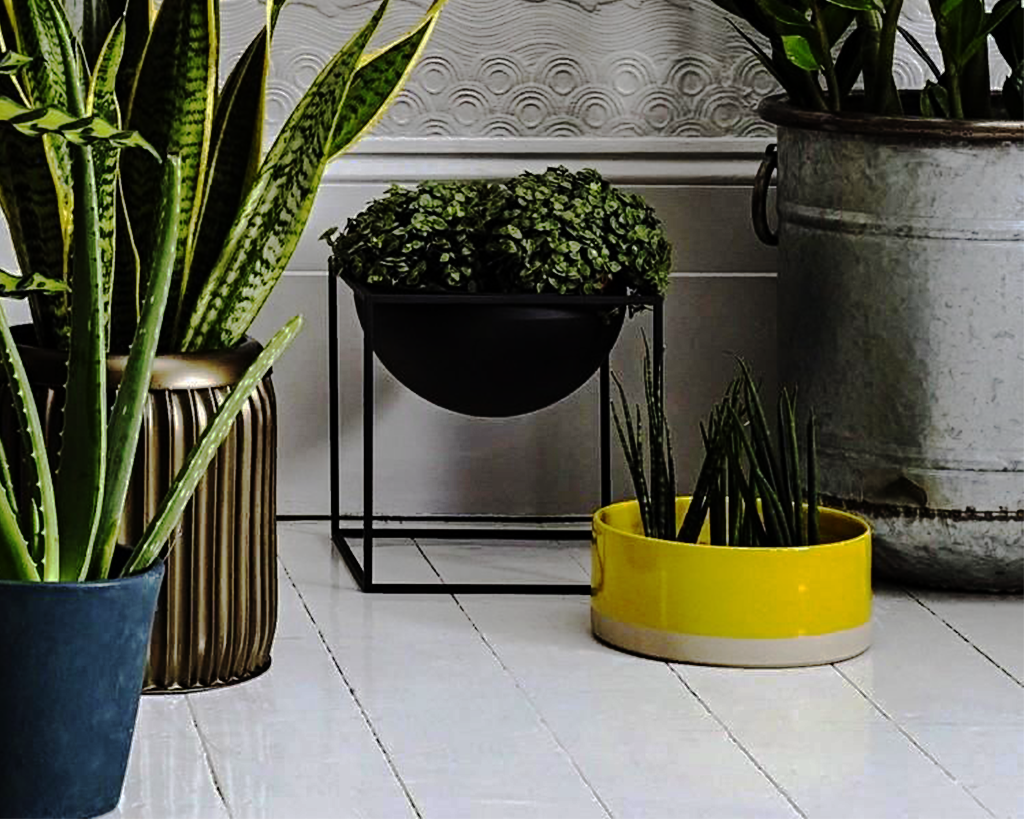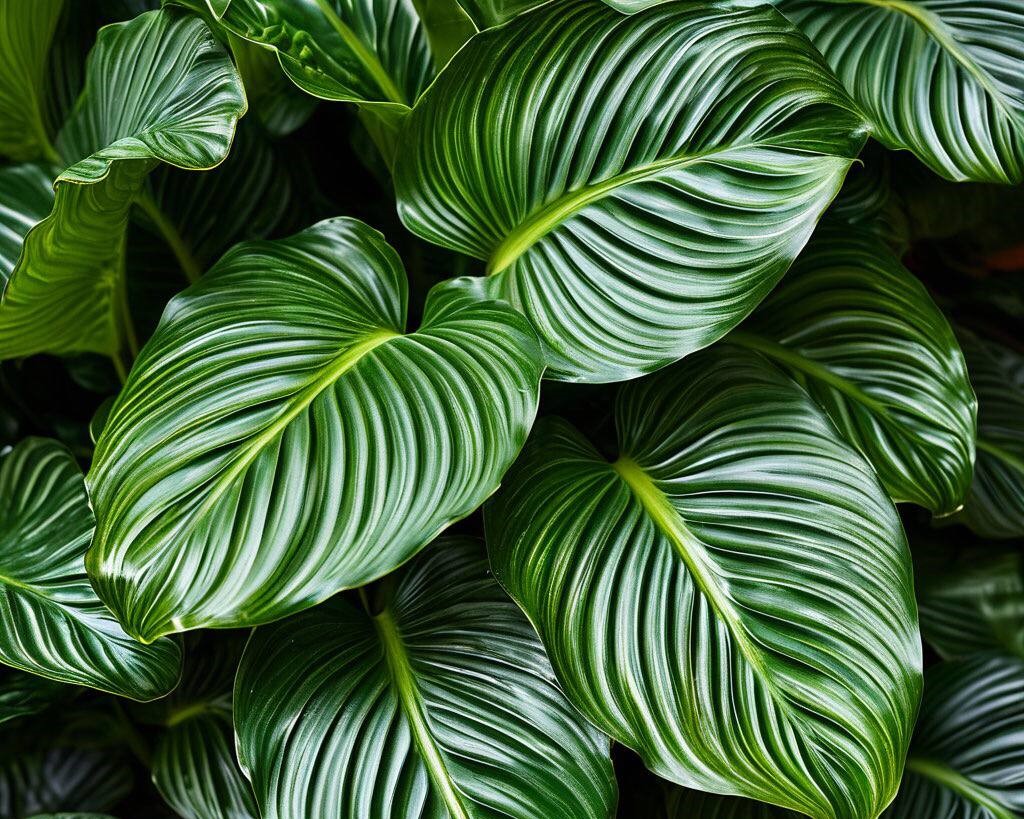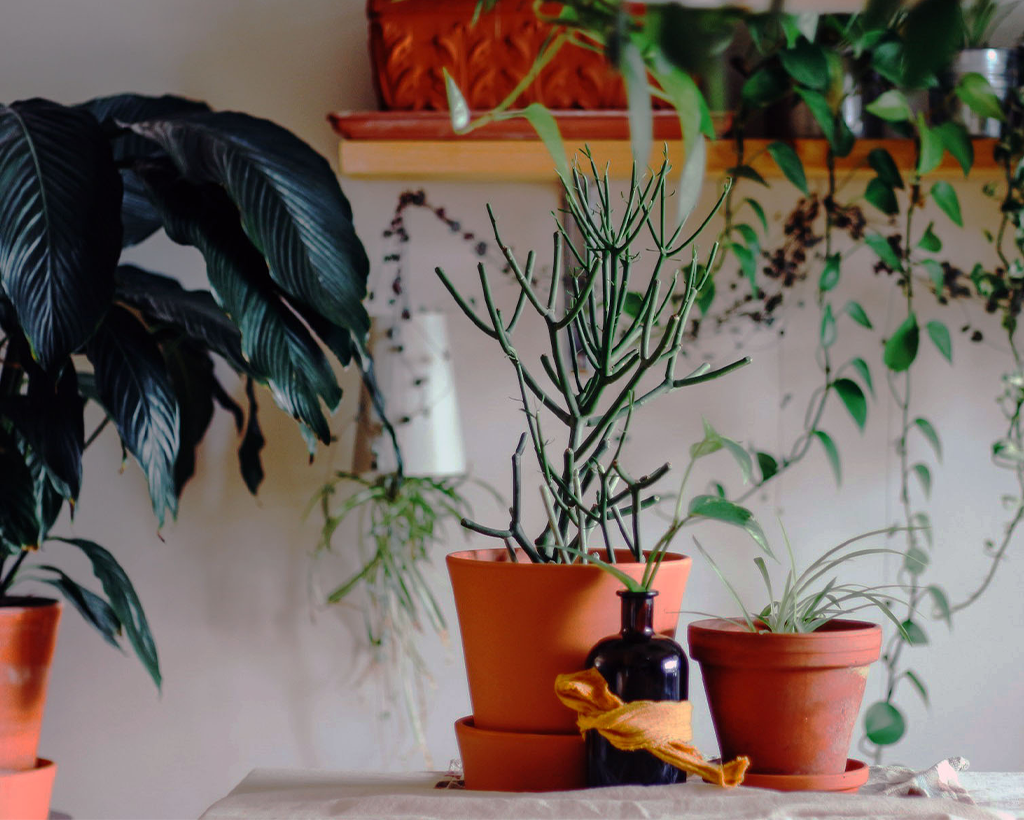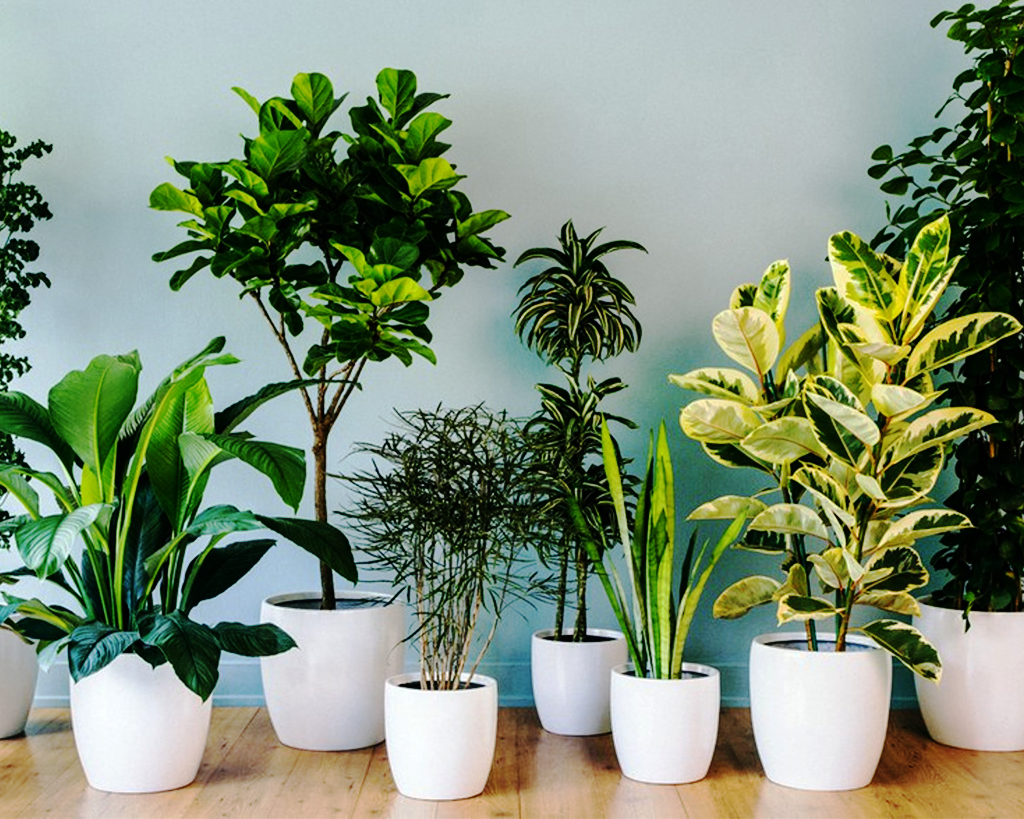Choosing the right pot and soil is one of the most important steps to making your plant feel comfortable and grow healthy. After all, no matter how much you love the plant or how carefully you treat it, if you choose the wrong pot or soil, your efforts may be in vain. In this article, you will learn how to choose the right pot and soil so that your plants are cozy and comfortable, ensuring they thrive in their new home.
At the end you can download a brochure in which you’ll find a decision checklist, pros and cons of pot materials, sizing and drainage rules, simple soil recipes by plant type, and a small repot plan worksheet.
How to choose a pot for a plant?
Choosing a pot is not only a matter of aesthetics, although the appearance is also important. The pot should be functional and suitable for a particular plant, taking into account its size, water, and air needs. To understand how to choose a pot that complements your plant’s growth, consider the following factors carefully.

Pot size
One of the most important factors when choosing a pot is its size. Very often, people make the mistake of buying a pot that is too big or too small for the plant. If the pot size is too small, the roots will not be able to develop properly, and the plant will experience stress. While too large a pot can lead to stagnation of water and root rot, as the roots will not be able to quickly master the entire volume of the soil, and it will remain moist for a long time. Selecting the correct pot size ensures your plant has enough room to grow without drowning in excess moisture.
The ideal size is one that is slightly larger than the current one, with an additional margin of 2-3 cm in diameter. For example, if your plant occupies a pot 15 cm in diameter, the next pot should be about 18 cm in diameter. For young plants that grow quickly, you can choose slightly larger pots, but do not get too carried away — otherwise you risk facing the problem of overflow. Always aim for the ideal size to balance root growth and soil moisture.
Pot Material
Pots can be made of various materials: plastic, ceramics, clay, wood, metal. Each material has its own characteristics that affect plant health.
Plastic pots are the most popular due to their lightness and affordable price. They retain moisture and heat, which is suitable for many plants. But plastic does not allow air to pass through, so plants that need a lot of oxygen (for example, cacti or succulents), in such pots may not have enough air for the roots. For them, it is better to choose pots with holes in the bottom, regardless of the material.
Ceramic and clay pots look more elegant and are perfect for ornamental plants. They are well permeable to air and moisture, which is important for the roots. However, they are quite heavy and can be prone to cracking. These pots are ideal for plants that need good drainage, such as orchids.
Wooden pots are also quite a stylish option, but they need extra protection, as they can be exposed to rot and wear. If you decide to choose a wooden pot, pay attention to its treatment with special protective agents.
Metal pots look stylish, but can overheat in the sun and overheat the roots. They can be a beautiful accessory, but it is important to monitor the temperature and avoid direct sunlight.
Drainage holes
It is very important that the pot has drainage holes. This helps to avoid stagnation of water in the roots and their rotting. Make sure that the pot has at least one hole at the bottom, and if the pot is deep, then two or three. If the pot does not have holes, you can make them yourself with a drill, but it is better to choose pots that are already equipped with drainage.

How to choose a soil for plants?
Now that we have decided on the pot, it is worth talking about the soil. Properly selected plant soil will help the plant grow and develop, as it provides it not only with nutrients, but also maintains an optimal level of humidity and oxygen. The right plant soil ensures your plant receives the perfect balance of water, air, and nutrients.
Type of soil
Soil can be divided into several types depending on the needs of the plant:
- Universal primer is suitable for most indoor plants. It contains a mixture of peat, humus, sand, and other components that provide good drainage and breathability. Such soil is often used for ficus trees, sansevieria, chlorophytums, and many others.
- The soil for cacti and succulents is light, sandy, and well-drained. Succulents, like cacti, do not like stagnation of water, so the soil for them should be as loose as possible, so that water quickly seeps out and does not linger in the roots.
- Soil for orchids differs from the usual larger particles. It often includes tree bark, small pebbles, and vermiculite. Orchids cannot grow in standard soil, as their roots need air, and such components help to maintain the correct humidity and structure.
- Soil for violets and other ‘small’ plants requires special lightness and looseness. It usually contains vermiculite and perlite, which help improve air permeability.
How to choose high-quality soil?
High-quality soil should always be loose, with good breathability and drainage. It should not be too acidic or too alkaline. To check the acidity, you can make a test using litmus paper or buy specialized tests in a plant store. In addition, good soil should always be clean and free from parasites and diseases. Ideally, it should be warmed up or spilled with boiling water before use to destroy possible fungal and insect spores.
Choosing the right pot and plant soil is the key to the health and beauty of your plants. The pot should be a suitable size, with drainage holes and made of a material that meets the needs of your plant. And the soil should provide enough nutrients, be light, and breathable. By learning how to choose the right combination of pot and soil, you ensure your plants grow healthy and beautiful, and you will enjoy their beauty for many years to come!
Print and go—grab the brochure: — CD Choosing Pot and Soil — Mini Brochure (PDF)




